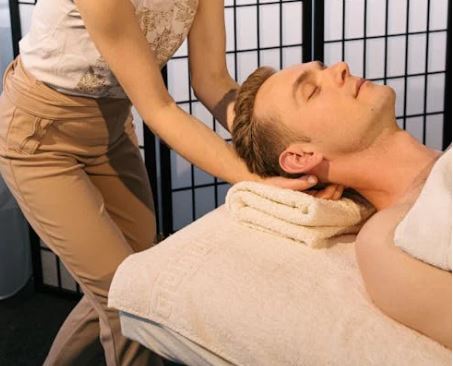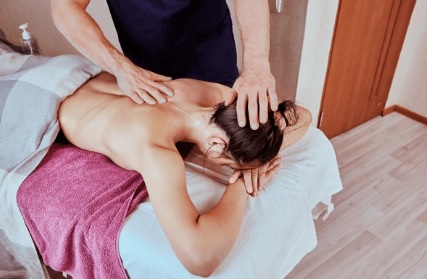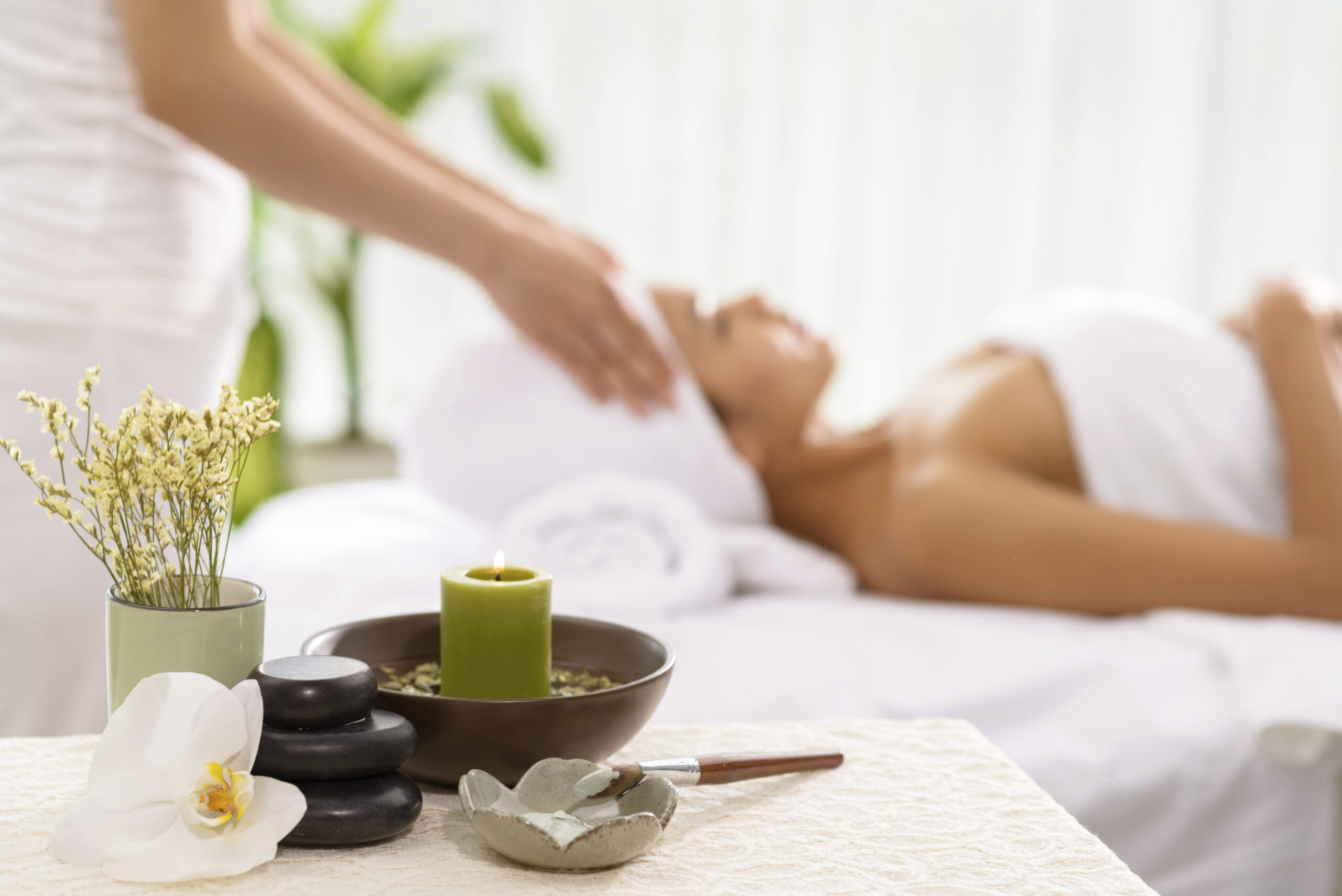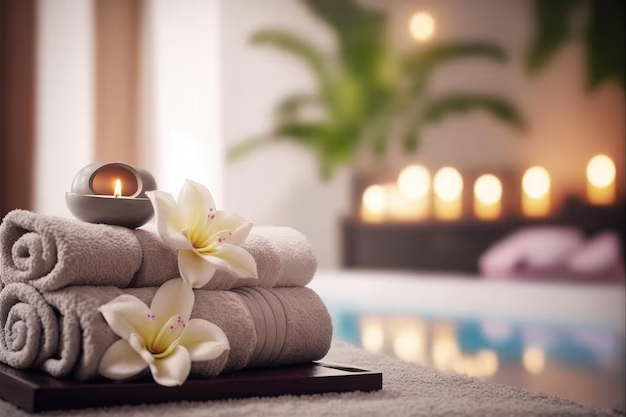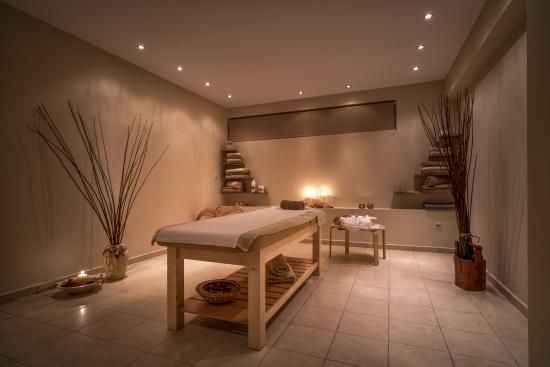From soothing massages to indulgent facials, our curated selection of spa services is designed to renew your body, mind, and spirit. Immerse yourself in ancient healing traditions and modern wellness techniques, all set against the backdrop of Bangalore’s vibrant culture and heritage.
Reiki Massage: Integrating Energy Healing with Therapeutic Touch
Recent Post
Categories
Have Any Question?

Reiki massage is a holistic therapy that combines the principles of Reiki, a form of energy healing, with traditional massage techniques. Originating from Japan, Reiki focuses on channeling universal life energy to promote balance and healing, while massage techniques help to relieve physical tension and enhance overall well-being. This integrative approach aims to address both the energetic and physical aspects of health.
Origins and History
Reiki was developed in the early 20th century by Dr. Mikao Usui, a Japanese spiritual teacher. The term “Reiki” is derived from two Japanese words: “Rei,” meaning universal or spiritual, and “Ki,” meaning life force energy. Dr. Usui’s practice was based on the idea that universal energy flows through all living beings and can be harnessed for healing and balance.
Reiki gained popularity in the West in the 1970s, thanks in part to the efforts of Reiki practitioners and teachers who spread the practice internationally. Reiki massage emerged as a complementary approach that integrates Reiki’s energy healing principles with hands-on therapeutic techniques.
Techniques and Methodology
Reiki massage combines traditional massage therapy with Reiki energy healing to address both physical and energetic imbalances in the body. The session typically involves a combination of touch and non-touch techniques to promote relaxation, healing, and well-being.
Key aspects of Reiki massage include:
- Energy Channeling: Reiki practitioners use their hands to channel universal life energy into the recipient’s body. The energy is believed to flow through the practitioner and into the recipient, helping to balance and restore the body’s natural energy flow.
- Gentle Touch: During a Reiki massage, the therapist may use gentle touch, light pressure, or hands-off techniques to facilitate the flow of energy. The therapist’s hands are often placed on or near the recipient’s body, depending on their comfort and needs.
- Massage Techniques: In addition to Reiki energy work, the therapist may incorporate various massage techniques, such as Swedish massage, deep tissue massage, or aromatherapy, to address physical tension and promote relaxation.
- Energy Assessment: The therapist may assess the recipient’s energy field by feeling for areas of tension or blockages. This assessment helps guide the therapy and ensure that energy is directed where it is needed most.
- Mindfulness and Intention: Reiki massage often incorporates mindfulness and intention-setting, where the therapist and recipient focus on specific goals or intentions for the session. This helps to enhance the therapeutic experience and support the recipient’s healing process.
Benefits of Reiki Massage
Reiki massage offers a range of benefits that address both physical and energetic aspects of health. Key benefits include:
- Stress Reduction: Reiki massage promotes deep relaxation and reduces stress by calming the nervous system and enhancing the body’s natural ability to cope with stress.
- Pain Relief: The combination of energy healing and massage techniques can help alleviate pain and discomfort by addressing physical tension and promoting the flow of healing energy.
- Enhanced Energy Flow: Reiki massage helps to balance and harmonize the body’s energy system, which can improve overall vitality, well-being, and resilience.
- Emotional Release: Reiki massage supports emotional healing by addressing energetic blockages and promoting a sense of emotional balance and clarity.
- Improved Sleep: The relaxation induced by Reiki massage can contribute to improved sleep quality and reduced insomnia.
- Support for Healing: Reiki massage can complement other medical or therapeutic treatments by supporting the body’s natural healing processes and enhancing overall wellness.
The Experience
A typical Reiki massage session lasts between 60 to 90 minutes. The session begins with a consultation where the therapist discusses the recipient’s health history, concerns, and goals. The recipient remains fully clothed and lies down on a comfortable massage table.
During the session, the therapist uses a combination of Reiki energy work and massage techniques to address the recipient’s needs. The therapist’s hands may be placed gently on or near the recipient’s body, depending on their comfort and preferences. The session is generally relaxing and calming, with many recipients experiencing a deep sense of peace and well-being.
Who Can Benefit?
Reiki massage is suitable for a wide range of individuals, including:
- Those seeking relief from stress, anxiety, or emotional tension
- Individuals with chronic pain, muscle tension, or discomfort
- People looking to enhance their overall well-being and energy levels
- Individuals undergoing medical treatments or recovering from illness
- Anyone interested in exploring holistic approaches to health and healing
Reiki massage is generally considered safe for most people. However, individuals with certain medical conditions or sensitivities should consult with their healthcare provider before undergoing Reiki massage. It is also important to work with a qualified Reiki practitioner who has experience in integrating Reiki with massage techniques to ensure a safe and effective experience.
Conclusion
Reiki massage offers a unique and holistic approach to health and well-being by combining the principles of Reiki energy healing with therapeutic massage techniques. By addressing both physical tension and energetic imbalances, Reiki massage promotes relaxation, healing, and overall wellness. Whether you’re seeking stress relief, pain management, or a deeper sense of balance, Reiki massage provides a gentle and integrative solution to support your health and vitality.
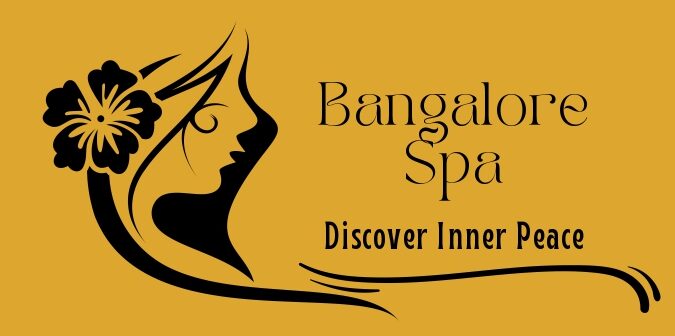
Bangalore Best SPA by Hardev
Copyright © 2024| powered by Wiz Business Services.

